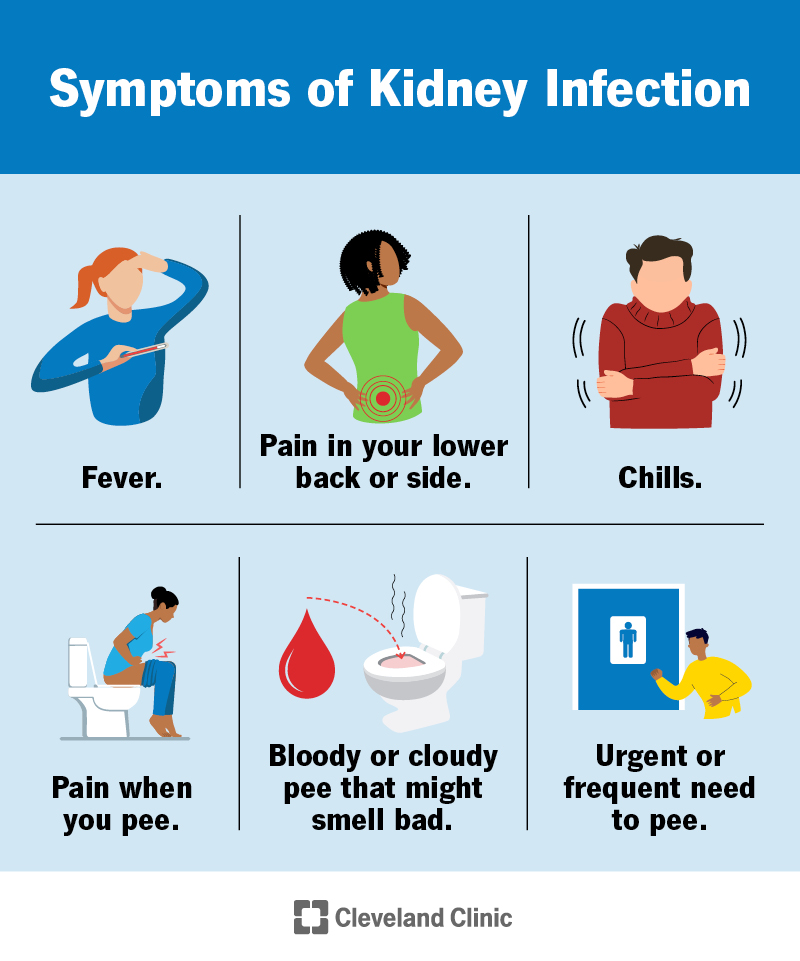A Relative Research Study of the Danger Factors and Prevention Approaches for Kidney Stones and Urinary System Tract Infections: Insights for Better Wellness
The increasing occurrence of kidney stones and urinary system infections (UTIs) necessitates a closer evaluation of their related danger aspects and prevention methods. By identifying and addressing these shared vulnerabilities, we can develop a lot more effective strategies to minimize the threats linked with each. Kidney Stones vs UTI.
Introduction of Kidney stones
Kidney stones are a typical urological condition, affecting about 10% of people at some factor in their lives. These solid mineral and salt deposits form in the kidneys when urine ends up being focused, enabling minerals to crystallize and bind with each other. The make-up of kidney stones differs, with calcium oxalate stones being the most prevalent, followed by uric acid, struvite, and cystine stones.
Threat elements for the growth of kidney stones consist of dehydration, dietary practices, obesity, and particular clinical problems such as hyperparathyroidism or metabolic conditions. Symptoms of kidney stones can vary from light pain to extreme discomfort, usually presenting as flank discomfort, hematuria, and urinary urgency.

Understanding Urinary System Tract Infections
Urinary system infections (UTIs) stand for a common medical problem, especially amongst females, with roughly 50-60% experiencing at the very least one UTI in their life time - Kidney Stones vs UTI. UTIs occur when germs go into the urinary system system, bring about swelling and infection. This problem can affect any component of the urinary system, including the kidneys, ureters, bladder, and urethra, with the bladder being the most commonly affected website
The clinical discussion of UTIs normally includes signs such as dysuria, enhanced urinary frequency, seriousness, and suprapubic discomfort. In some cases, patients may experience systemic signs and symptoms such as fever and chills, showing a much more extreme infection, potentially involving the kidneys. Medical diagnosis is mostly based upon the visibility of signs, substantiated by urinalysis and pee culture to determine the original microorganisms.
Escherichia coli is the most typical pathogen related to UTIs, representing roughly 80-90% of cases. Danger variables consist of anatomical predispositions, sex, and particular clinical conditions, such as diabetes. Comprehending the pathophysiology, clinical symptoms, and analysis standards of UTIs is essential for effective management and avoidance techniques in susceptible populaces.
Shared Threat Aspects
Numerous common danger variables contribute to the development of both kidney stones and urinary system tract infections (UTIs), highlighting the interconnectedness of these two problems. Dehydration is a noticeable danger variable; insufficient liquid consumption can result in focused urine, promoting the formation of kidney stones and producing a positive setting for microbial growth, which can speed up UTIs.

Hormone factors, specifically in ladies, might likewise work as common risk factors. Adjustments in estrogen degrees can impact urinary tract wellness and stone development. In addition, weight problems has been recognized as a typical danger factor, where excess weight can cause metabolic modifications that prefer both kidney stone growth and urinary system tract infections. Recognizing these shared danger variables is vital for understanding the complex relationship between these two health problems.
Prevention Strategies
Comprehending the common risk elements for kidney stones and urinary tract infections underscores the importance of applying reliable avoidance methods. Central to these techniques is the promo of ample hydration, as sufficient fluid consumption thins down urine, reducing the focus of stone-forming materials and lessening the danger of infection. Medical care professionals often suggest drinking at the very least 2 to 3 liters of water daily, customized to private needs.
Additionally, dietary adjustments play an essential duty. A well balanced diet low in sodium, oxalates, and animal healthy proteins can mitigate the development of kidney stones, while enhancing the intake of fruits and veggies sustains urinary system tract wellness. Routine monitoring of urinary system pH and structure can likewise assist More Info in recognizing proneness to stone formation or infections.
In addition, preserving appropriate health techniques is important, specifically in women, to avoid urinary system tract infections. Generally, these prevention techniques are necessary for minimizing the incidence of both kidney stones and urinary system infections.
Lifestyle Adjustments for Wellness
Exactly how can lifestyle adjustments contribute to much better overall wellness? Implementing particular lifestyle modifications can considerably minimize the danger of establishing kidney stones and urinary system system find more information infections (UTIs) A balanced diet plan plays a vital duty; increasing liquid intake, especially water, can water down urine and help prevent stone development along with clear out microorganisms that may result in UTIs. Eating a diet rich in vegetables and fruits supplies vital nutrients while decreasing salt and oxalate consumption, which are linked to stone development.
Normal exercise is also essential, as it advertises overall health and aids in maintaining a healthy weight, additional lowering the risk of metabolic conditions linked with kidney stones. In addition, practicing great health is essential in stopping UTIs, specifically in women, where cleaning methods and post-coital urination can play precautionary functions.
Preventing extreme high levels of caffeine and alcohol, both of which can intensify dehydration, is recommended. Routine clinical exams can help monitor kidney feature and urinary system health, recognizing any early indications of concerns. By taking on these way of living modifications, people can enhance their general health while effectively reducing the danger of kidney stones and urinary system infections.
Final Thought
To conclude, the comparative analysis of kidney stones and urinary system tract infections underscores the importance of common threat variables such as dehydration, dietary routines, and excessive weight. Applying effective prevention approaches that focus on ample hydration, a balanced diet plan, and regular physical activity can alleviate the occurrence of both problems. By dealing with these typical determinants with way of life adjustments and boosted hygiene methods, people can improve their general wellness and decrease their vulnerability to these common health issues.
The raising prevalence of kidney stones and urinary system infections (UTIs) requires a more detailed assessment of their interrelated danger elements and avoidance approaches - Kidney Stones vs UTI. The composition of kidney stones differs, with calcium oxalate stones being the most common, followed by uric acid, struvite, and cystine stones
Treatment options vary based on the dimension and type of the stone, ranging Extra resources from conventional monitoring with raised liquid consumption to clinical intervention like lithotripsy or surgical removal for larger stones. Furthermore, weight problems has actually been identified as an usual risk factor, where excess weight can lead to metabolic changes that favor both kidney stone development and urinary system tract infections.Comprehending the shared danger variables for kidney stones and urinary system system infections emphasizes the significance of implementing reliable prevention methods.